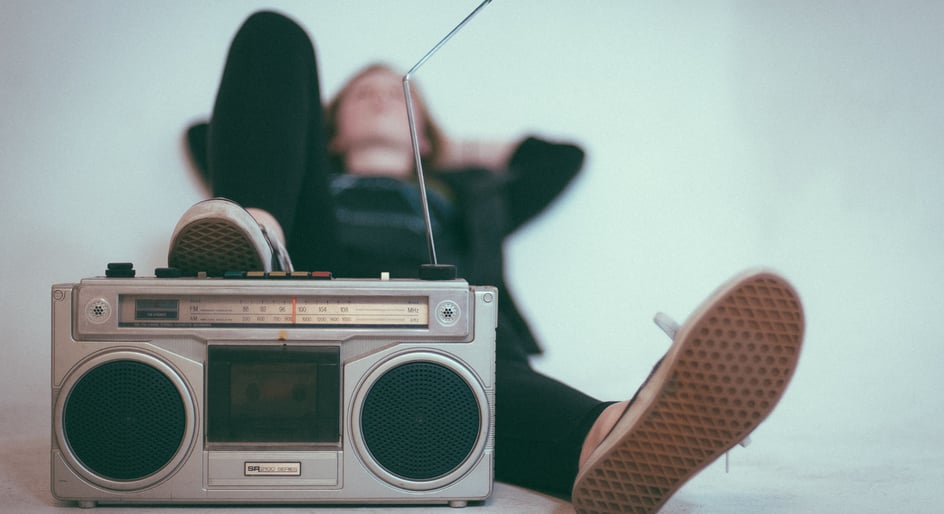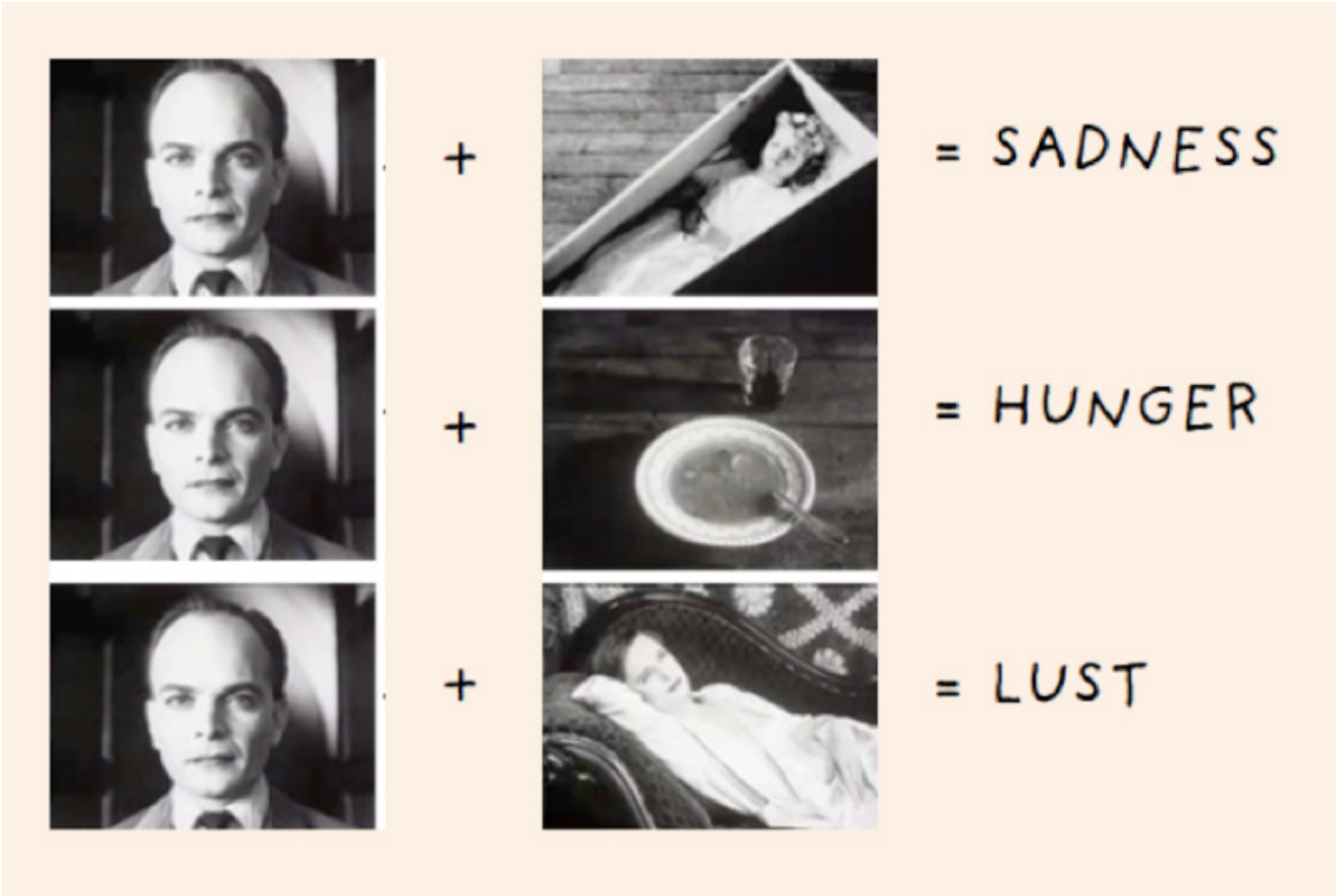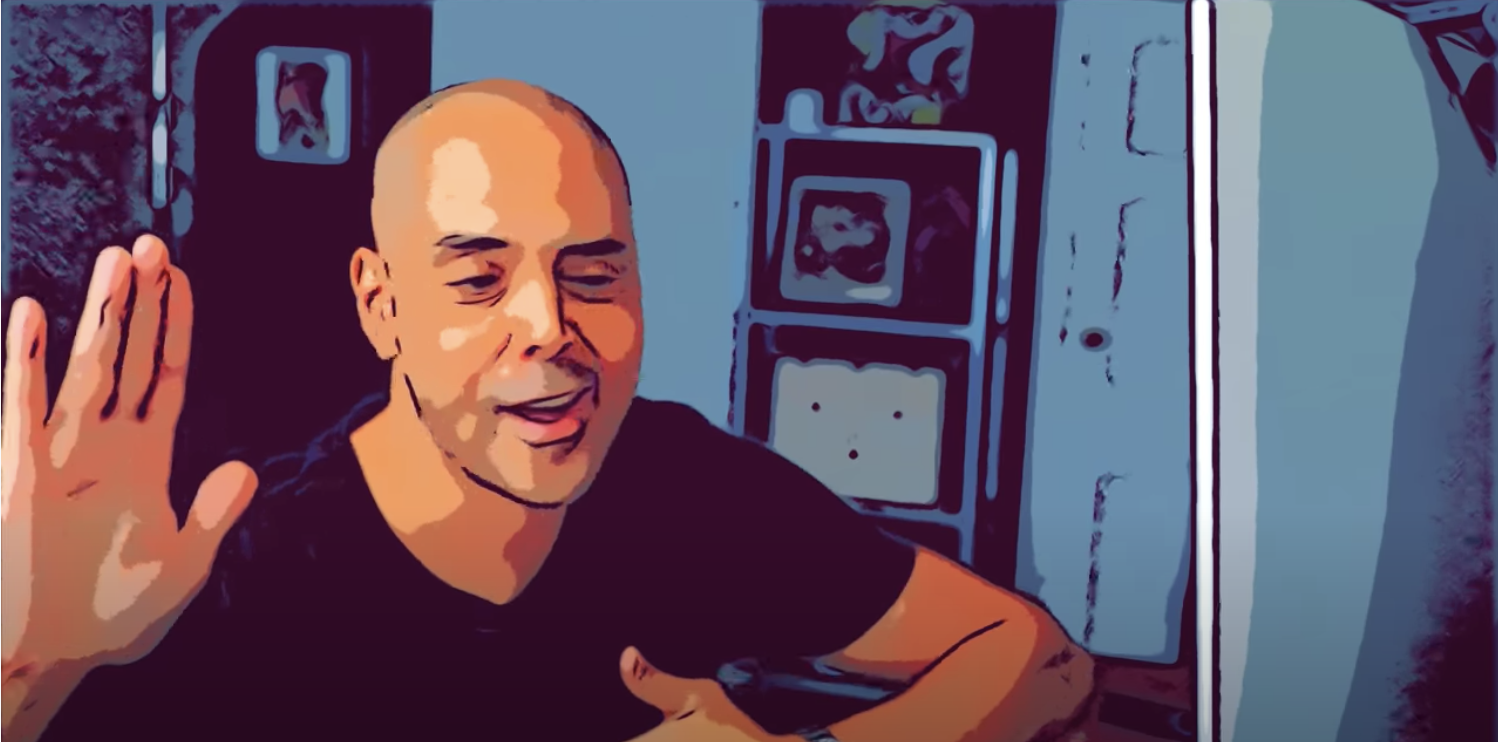
May 16, 2022
We can all recognize a great soundtrack or score when we hear it, and that’s because it usually triggers some type of physical response: Goosebumps pop up on our arms; chills run down our spine; we might even shed a tear or two.
Studies have long-since linked music and emotion together on a psychological and neurological level. Music has helped coma patients regain their voice and also triggered the muscle memory of Alzheimer’s patients who forgot how to play an instrument.
Listening to music ignites different areas of our brain, including the amygdala which is where we process emotion. (Check out this blog to learn more.)
Science and psychology aside, the impact of music on emotion is undeniable. It’s why creators work overtime to find the perfect song for their project and then get the licensing rights. It’s also why film composers like John Williams and Hans Zimmer are household names.
In this blog, we’ll explore the ways that music is used as a storytelling tool in YouTube videos, films, and client projects. So if this piques your interest, stay tuned.
The influence of music and visuals on meaning
There’s a phenomenon in filmmaking called the Kuleshov effect, and it goes like this: When multiple shots are sequenced together in a specific order, viewers take away one meaning. When those same shots are arranged differently, the meaning instantly changes.
Here’s a visual explanation of what this looks like in film:

Even though the man’s expression doesn’t change in the image above, viewers assign different emotions to him based on what he’s looking at (i.e., the child in a coffin, the bowl of soup, or the woman on a couch).
As viewers, we pay attention to visual cues so that we can fully understand what we’re watching, but we also rely on audio cues like background music.
To offer an example, let’s say you’re editing a montage of two parents and a child at the park. You could add a song like “Going Shopping (Again)” by Dresden, The Flamingo to give the video a more happy and childlike feel. Or you could add a song like “Spooked” by jshirts to create a more Chucky-like effect.
In this scenario, one song really does mean the difference between creating a happy family video and a horror movie scene. Your approach to music selection immediately changes the viewers’ interpretation and emotional response to your video.
This all goes to show that music has as much impact on the meaning of a project as the visuals, so it’s important to get both right.
A closer look at how music informs the moment
Whether you’re making YouTube content, client videos, or other projects, the music you choose impacts the viewing experience in a significant way. Music is a key part of the messaging, especially when it comes to making a video’s emotional highs and lows more powerful.
If you want to see how music affects emotion in real-time, check out this video from YouTuber Omar Gonzalez Photography:
In this video, Omar shares his process for finding and using the best sounds in all of his projects — from his YouTube videos to his clients’ photography packages. If you have time to watch the full video, we definitely recommend it. But if not, here are a few takeaways:
1. The difference is the music.
Think of video footage as the control group in an experiment. Even though the footage doesn’t change, the meaning and emotional impact does evolve in subtle or obvious ways depending on the music in the background.
As Omar puts it, “Music can be a huge factor in determining how your audience feels about your imagery.”
When someone sits down to watch your video, they’re experiencing the final product. They aren’t privy to all of the post-production hours you spent testing out different tracks with the footage. Their impression of the video is informed by that one song you chose.
The music you use makes a difference — for better or for worse. So as you’re creating a video and choosing the music, the stakes can feel very high to get it right.
That brings us to the second takeaway:
2. Finding the right song isn’t easy.
Every filmmaker, freelancer, and in-house creative can relate to the experience of listening to song after song until the best one comes along. It can be a monotonous and time-consuming process, but Omar captures the feeling of finding the right song in the perfect way (i.e., by busting out some dance moves).

Finding the right music takes a fair amount of trial-and-error. Not only do you have to find a song you like, but then you also have to drop it in your editing timeline to make sure it actually works. And, of course, there’s the additional layer of getting music licensing rights.
It’s not an easy feat, but once you come across a song with the right tone and feel, the whole process pays off.
Pro Tip: One way to streamline this process is to subscribe to Soundstripe so you can license unlimited songs and take advantage of the Premiere Pro extension.
3. Timing matters.
Once you find music that packs an emotional punch, the next step is to make sure that this audio is in sync with the visuals. It’s not always enough to have all the right materials — you also need to bring all of these elements together cohesively in the editing room.
Ultimately, timing is everything.
In his video, Omar shares an example of how he creates slideshows for his photography clients. He edits the project so that the images are changing with the beat of the music, and this instantly improves the professional quality of the video.
Learn more tips and tricks from creators like Omar
Joining the creative community, learning from fellow creators, and honing your video production skills are a few of the ways you can thrive long-term as a creator. And with platforms like YouTube, it’s easier than ever to learn something new and share your own insight as well.
If you’d like to learn more about different areas of video production and client work, here are a few other YouTube creators that are worth checking out next:
- Matt WhoisMatt Johnson: Matt is known for shooting highly cinematic wedding films and sharing his videography insight on YouTube.
- Fellow Filmmaker: Heather from Fellow Filmmaker uses her platform to empower aspiring filmmakers by sharing honest reviews, tutorials, and innovative tips.
- Ben Johnson: Ben’s channel is creator-driven, so all of his videos are designed to help creators take their own content to the next level.
Soundstripe loves to partner with creators, helping them produce better videos and helping to promote their work. If you’re interested in becoming a Soundstripe partner, you can learn more about our Partner Program and submit your application here.